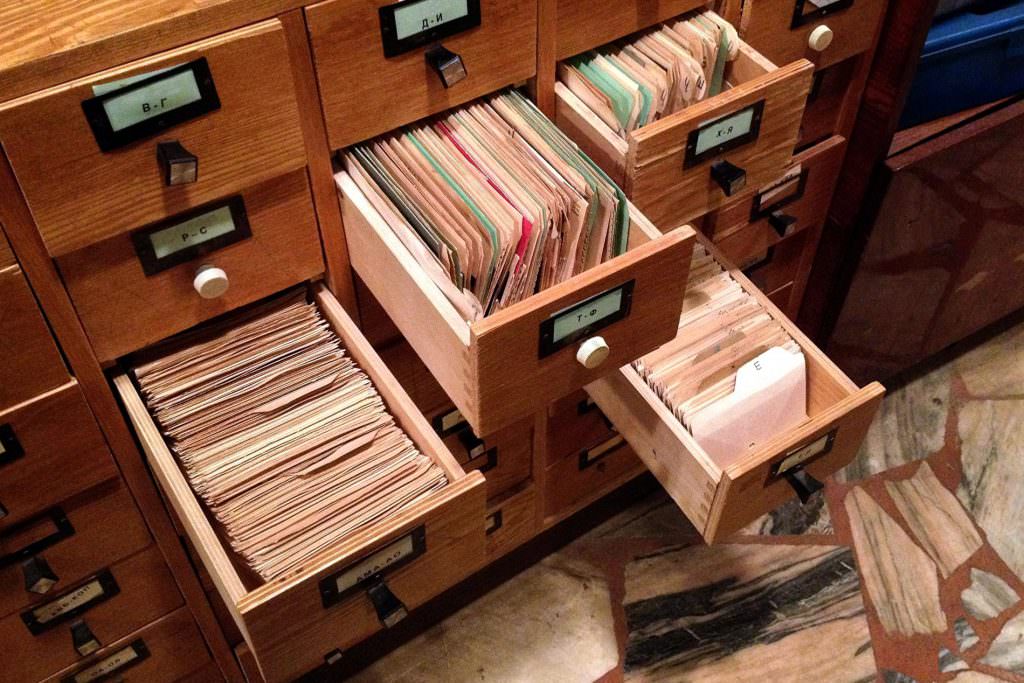
One of the oldest and most notable token projects is taking steps to offer its community clarity on how it manages the funds it holds in its own network.
Revealed exclusively to CoinDesk, the blockchain-based file storage network Storj is announcing it will lock-up of 245 million tokens it has in reserve (valued at more than $300 million at press time) for another six months. Yet apart from offering clarity to investors, the move effectively makes Storj, which announced in May it would be creating 500 million tokens on ethereum – 70 million which it sold in a public, an outlier in the unwieldy and opaque world of crypto-economics.
The announcement highlights what’s a less commonly acknowledged issue – that many investors simply don’t have clarity on the dates when the firms associated with a token’s development may be able to access their liquidity.
For example, onstage at Token Summit II in December, Ryan Selkis, entrepreneur-in-residence at ConsenSys, detailed several unclear token distribution schedules from well-known blockchain projects. In his mind, token issuers need to be far more open with those schedules, since the rate at which tokens are launched could have significant impacts on other buyers.
Storj’s reserve tokens were scheduled to be released on Dec. 20, but according to executives at the company, holding those reserves until a clearer picture of the project’s timeline can be formulated will lead to increased stability.
While clarity is hard to come by, market participants understand what a problem this secrecy in distribution could be.
“You’ve got these quasi-fiduciaries selling quasi-securities over a quasi-vesting period,” Selkis said.
Storj chief financial officer, Matthew May, echoed that sentiment, telling CoinDesk:
“Since these coin offerings are so new, there’s a real need to be transparent. There’s some market makers out there trying to manipulate these coins.”
Why delay?
For some, this move could seem strange, since releasing the tokens would give Storj access to a significant sum of money that it could use to hire more employees and pursue more partnerships.
But according to Philip Hutchins, chief technology officer at Storj, the company has all the funds it will need for the next six months. And that will signal to its community that the company is stable and here for the long term, he said.
“Software changes, right? Over time we are learning how the cadence of the token changes,” Hutchins said. “We’re taking a little bit longer to get a better idea of what that flow looks like.”
Before the end of the new lock-up period, Storj will announce a more detailed token distribution plan for its reserve, which will likely include an additional lock-up of a large portion of the pool.
And that plan is specifically geared towards making the macroeconomics of the token easier to follow (something that has become increasingly difficult with the dramatic growth in cryptocurrency prices over the past few months).
“We are responding to that confusion with as much transparency as possible,” Hutchins said.
The company plans on making several hires over the next few months to help it think through token economics in more detail.
While some believe the best course of action is just to release all the tokens as soon as possible all at once, the thinking among the executives is to instead release them in increments. Whether those increments should be monthly or semi-annually remains to be determined, but all options remain on the table.
Hutchins added:
“Generally, the consensus is they don’t want to have large chunks of tokens looming out there without any idea of what’s going to be done with them.”
Price points
What could be part of the reason Storj is holding back the release of new tokens is to not affect the price of those currently on the market. The team acknowledges that a steadily increasing token price has been beneficial. The storj token has jumped from $0.46 to $1.41 in three months, according to data provider CoinMarketCap.
“If you have one of the top cryptocurrencies … that will bring attention to what we’re doing in our project,” May said. “We can’t lose sight that that’s a contributing factor.”
And with that, more of the token, which is paid out to network participants that free up encrypted storage on their devices, is maybe not needed just yet.
Although the network has grown substantially in recent months. The network recently reached 20 petabytes in total storage, up from five petabytes two months before, according to a spokesperson for Storj.
Not a bad amount, since one petabyte is equal to 13.3 years of HD video, according to data storage provider, Mozy.
While Storj has locked-up its reserve tokens, more than 10 million tokens that were sold during the token sale will have vested tomorrow and will be released. Full details about where the total 500 million tokens are at now can be found in the company’s token sale wrap-up blog post.
Circling back to Storj’s interest in getting the economics of the system just right, May concluded:
“Our ultimate goal and laser focus internally is to build a really beautiful, decent storage platform, and the interesting thing about the tokens is we are trying to make the best possible decisions about the token to create some stability to enable that platform.”
Storage drawers photo via Shutterstock.
The leader in blockchain news, CoinDesk is an independent media outlet that strives for the highest journalistic standards and abides by a strict set of editorial policies. Have breaking news or a story tip to send to our journalists? Contact us at news@coindesk.com.
Disclaimer: This article should not be taken as, and is not intended to provide, investment advice. Please conduct your own thorough research before investing in any cryptocurrency.
